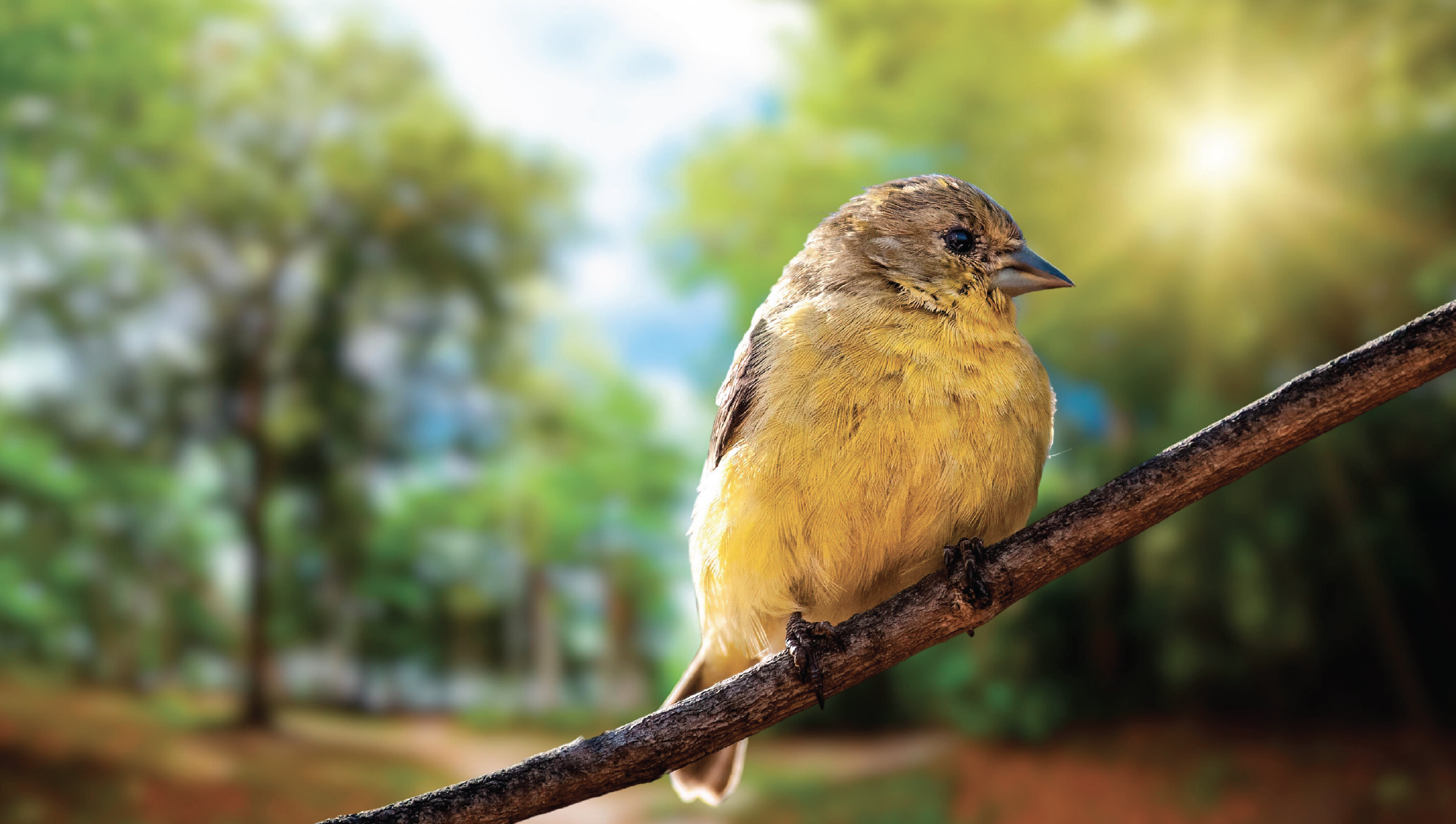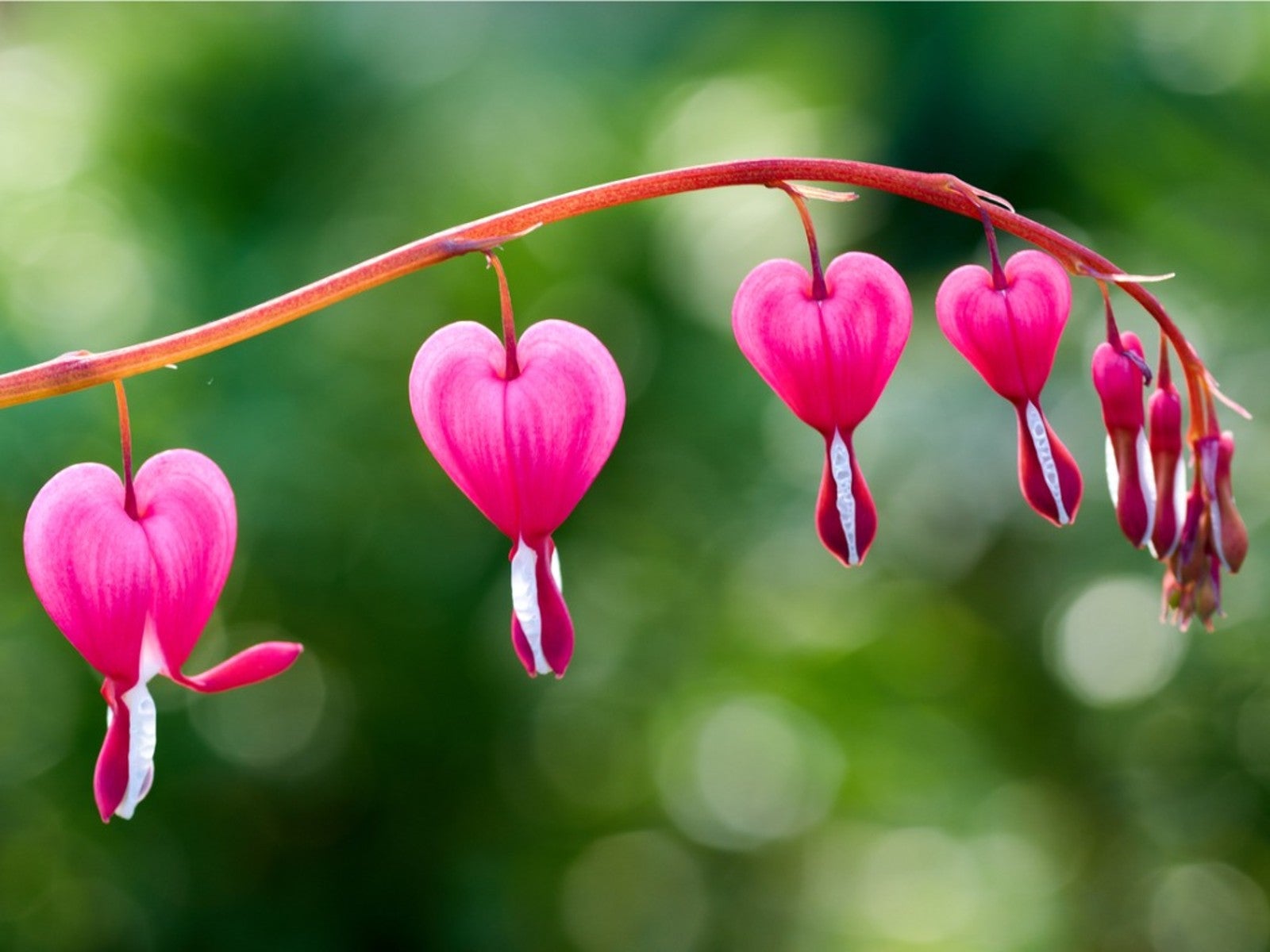In the past five years, I have become an orchid expert. Not an expert at growing, potting or getting them to bloom. Only in buying them. The price of orchids has dropped so much that even a person of modest means who loves flowers can now have them placed inside her home. When the blooms die, I take the plant to the orchid graveyard in the basement. Sometimes they surprise me and will bloom again, in about 6 to 8 weeks. Other times the blades dry up, turn yellow and fall to the floor. In the summer, I force non-blooming outside and give them a squirt with the garden hose when I water my planters. Amazingly, some of these will perk up and rebloom. They are not as pretty as the ones in the store because by this time they have insect damage on the leaves. I’ve heard it’s always good to give orchids a shock; when they come to live with me, they can expect nothing but shock and awe.
I love how an orchid grows the floating petals on a gracefully tall, slender stalk. This leads to an exquisite flower composed of three inner petals and a cupped petal distinct from the rest. Labellum, inflorescence and sepal–the names sound as exotic as the plant. Orchidaceae is arguably one of the most stunning and elegant of flowering plants known to man.
One hundred and twenty million years ago, when dinosaurs roamed the earth, a magnificent flowering plant came into being—the orchid. Evolution led to the demise of many plants and animals, but the orchid flourished, thriving on every continent save Antarctica. Orchids have adapted to live in all kinds of environments: mountains, bogs, grasslands and rainforests. At least 35,000 orchid species now populate the planet, and there is always the possibility that an unknown species still awaits discovery.
Orchids attract pollinators for reproduction by several ingenious methods: scent, mimicry and stealth. Orchids with sweet scents usually attract bees; those with a rancid smell lure flies. The orchid can also draw pollinators through visual mimicry, imitating insects including bees and butterflies with the patterns on its petals. We always have hummingbirds come to our sunroom window and look in at the beautiful, delicious-looking orchids.
For centuries, the orchid has been a symbol of love, luxury and beauty. To the early Greeks, the orchid represented virility, and the Chinese called it “the plant of the king’s fragrance.” During the Middle Ages, the orchid was considered an aphrodisiac and was used in love potions. Serious orchid collecting began in the 18th century, but because of their rarity at the time, only a few botanists and wealthy amateurs could enjoy them. A single orchid reportedly sold for the equivalent of thousands of dollars. Today we can buy them for about $16.00 at our local grocery or big box store.
Avoid over watering, which leads to the demise of many more orchids than under watering. Constant wetness will cause the roots to rot, which leaves the plant without a means for taking up nourishment. This then causes the leaves to droop and will eventually kill the plant. “Evenly moist,” while the most commonly given advice on watering, is the hardest to explain. Because most plants are grown in plastic containers, a good diagnosis is the weight of the plant: heavy, does not need watering; light, does require watering. With a little practice, you can easily tell the amount of moisture remaining in the container by the weight of the plant in your hand.
Some people like to place their pots on “humidity trays” or in trays or saucers of gravel or pebbles and water. The pot is placed on the pebbles above the water line. This helps to ensure that the base of the pot is not immersed in water. It increases humidity for the plant and provides some air circulation under the pot. Currently my home humidity is about 36, which is way too dry for me or anything growing. If you are not a serious orchid grower, then you can follow my lead. All orchids will take the ice cube watering, three cubes once a week. I usually do this on a Sunday. Three ice cubes gives them enough water without the dread of overwatering.
When shopping for a new plant, look at the proportion in relation to the container. It should have roots in the media, and the blades should be clean and unblemished, turgid and medium green color and free of visible pests. Petals should be lustrous and held well above the foliage on a strong, well-supported spike. They should be unblemished and free of fungal spotting, and most important have some buds yet to open (never, ever accept a plant with flowers open to the tip of the spike, as it is impossible to judge flower life after all flowers have opened).
If you have had trouble with orchids in the past, it was probably due to bud drop. This again could be under or over watering. Be careful of temperature extremes and rapid temperature changes (heating vents or air conditioning blowing directly on the plants, so pay attention to location). I also never buy an orchid when the weather is extremely cold. Just getting it out of the store, into the car and then back into the house could be too many temperature changes. If you need to change the growing location–like you walk to the basement and you find one of the lost orchid boys trying to rebloom–please, by all means, carry this heroic guy back upstairs where you can enjoy it. But just to be sure, wait until the flowers open first.
For more information on orchids, please check with the American Orchid Society. They will give you tips and advice on successfully growing orchids in your home. But if you just enjoy the beauty, I give you permission to buy a new one every two months.









